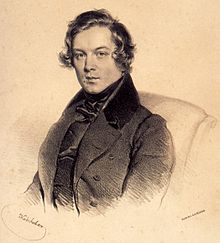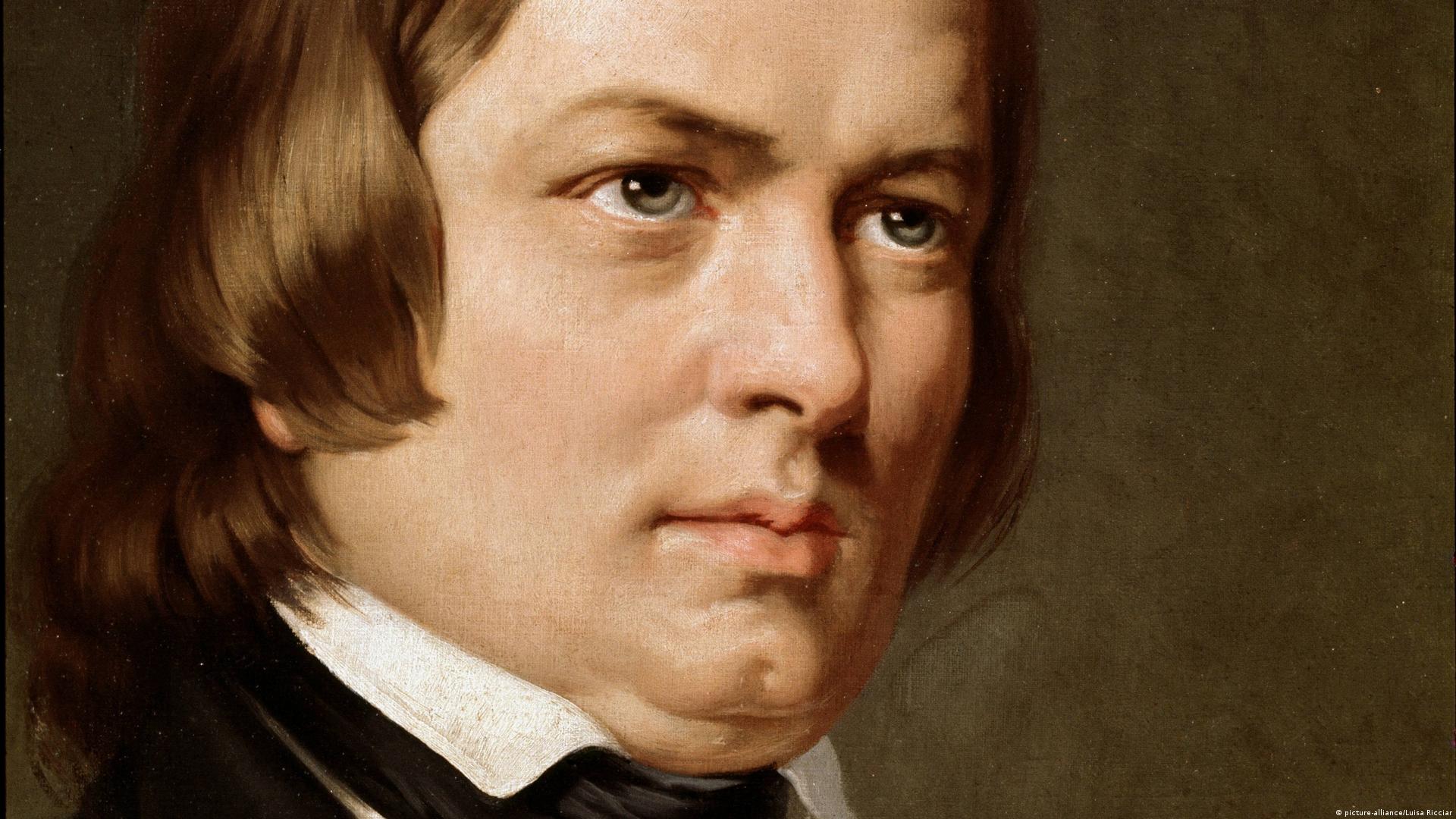The History of Dichterliebe, Op. 48, by Robert Schumann
Dichterliebe (“A Poet’s Love”), Op. 48, is one of the most celebrated song cycles in the history of Western art music. Composed by Robert Schumann in 1840, this masterpiece captures the emotional arc of love and loss with unparalleled intimacy and musical poetry. Set to 16 poems by Heinrich Heine, Dichterliebe is not only a milestone in Schumann’s compositional career but also a defining work in the Romantic Lied tradition.
The Year of Song
The genesis of Dichterliebe is inseparable from a transformative period in Schumann’s life known as the “Liederjahr” or “Year of Song.” In 1840 alone, Schumann composed more than 130 songs, a remarkable outpouring of creativity inspired largely by his deep love for the pianist and composer Clara Wieck. After years of opposition from Clara’s father and a lengthy legal battle, the couple finally married in September 1840. This period of emotional intensity and personal triumph led Schumann to turn increasingly to vocal music as a means of expression.
Heine’s Lyrisches Intermezzo
For Dichterliebe, Schumann selected 16 poems from Heinrich Heine’s Lyrisches Intermezzo, a section of the larger work Buch der Lieder (Book of Songs), published in 1827. Heine’s poetry, rich with irony, longing, and heartbreak, resonated deeply with Schumann, who was drawn to its emotional contradictions and lyrical elegance. Schumann initially set 20 of Heine’s poems to music but ultimately published only 16 as Dichterliebe, carefully ordering them to form a coherent and emotionally progressive cycle.
Structure and Emotional Arc
Dichterliebe unfolds as a deeply introspective journey through love’s fleeting joys and enduring sorrows. The cycle opens with “Im wunderschönen Monat Mai,” a song filled with yearning and the promise of new love. As the cycle progresses, the mood darkens, with each successive song revealing deeper layers of pain, disillusionment, and irony. By the final song, “Die alten, bösen Lieder,” the poet symbolically buries his love in a giant coffin cast into the sea—a powerful metaphor for letting go of an irretrievable past.
Musically, Schumann’s settings are masterful in their sensitivity to the text. His use of tonal ambiguity, lyrical vocal lines, and expressive piano writing—all hallmarks of the Romantic Lied—serve to heighten the emotional nuance of Heine’s verses. The piano is not merely an accompaniment but an equal partner in conveying mood, often continuing the narrative even after the singer’s final word.
Reception and Legacy
When Dichterliebe was first published in 1844, it did not receive immediate acclaim. However, over time, it came to be regarded as one of the crowning achievements of the Romantic Lied. Today, it is a staple of the vocal repertoire and a favorite among baritones and tenors alike. Its rich emotional palette, poetic refinement, and musical innovation continue to captivate performers and audiences around the world.
Conclusion
Dichterliebe, Op. 48, stands as a poignant testament to Robert Schumann’s genius and his ability to translate the most delicate human emotions into music. Born from a time of great personal joy and artistic inspiration, the cycle speaks to universal themes of love, loss, and the fragile beauty of memory. For listeners and performers alike, Dichterliebe remains an enduring masterpiece of Romantic expression.


Comments are closed